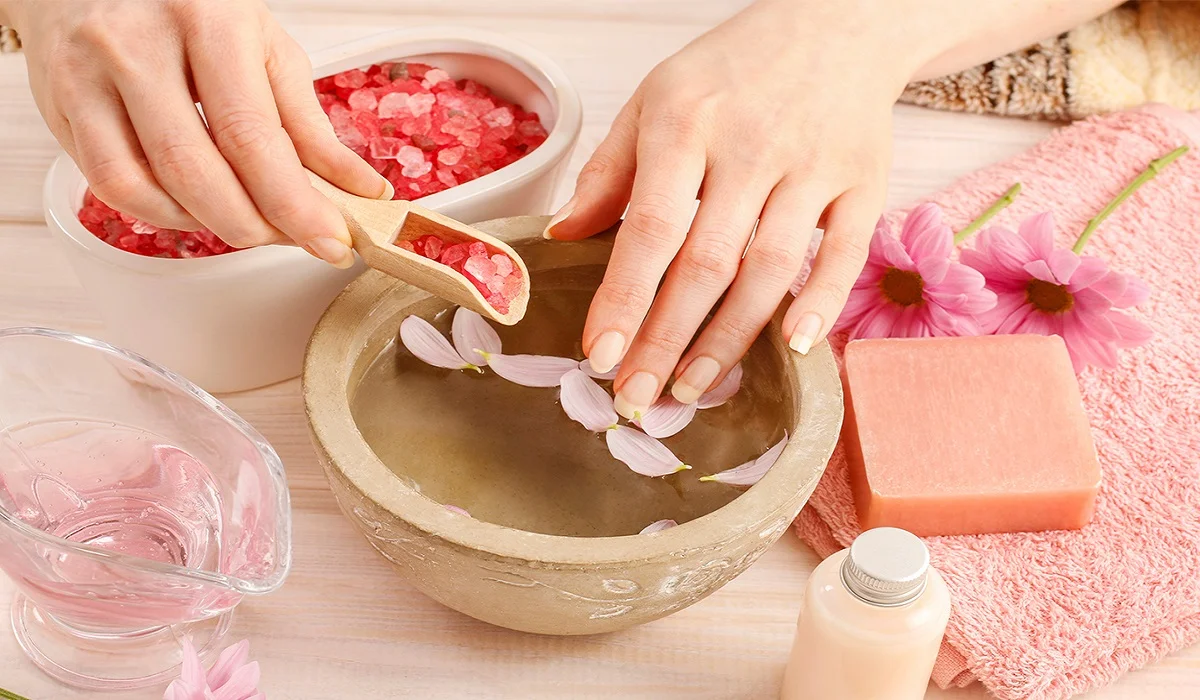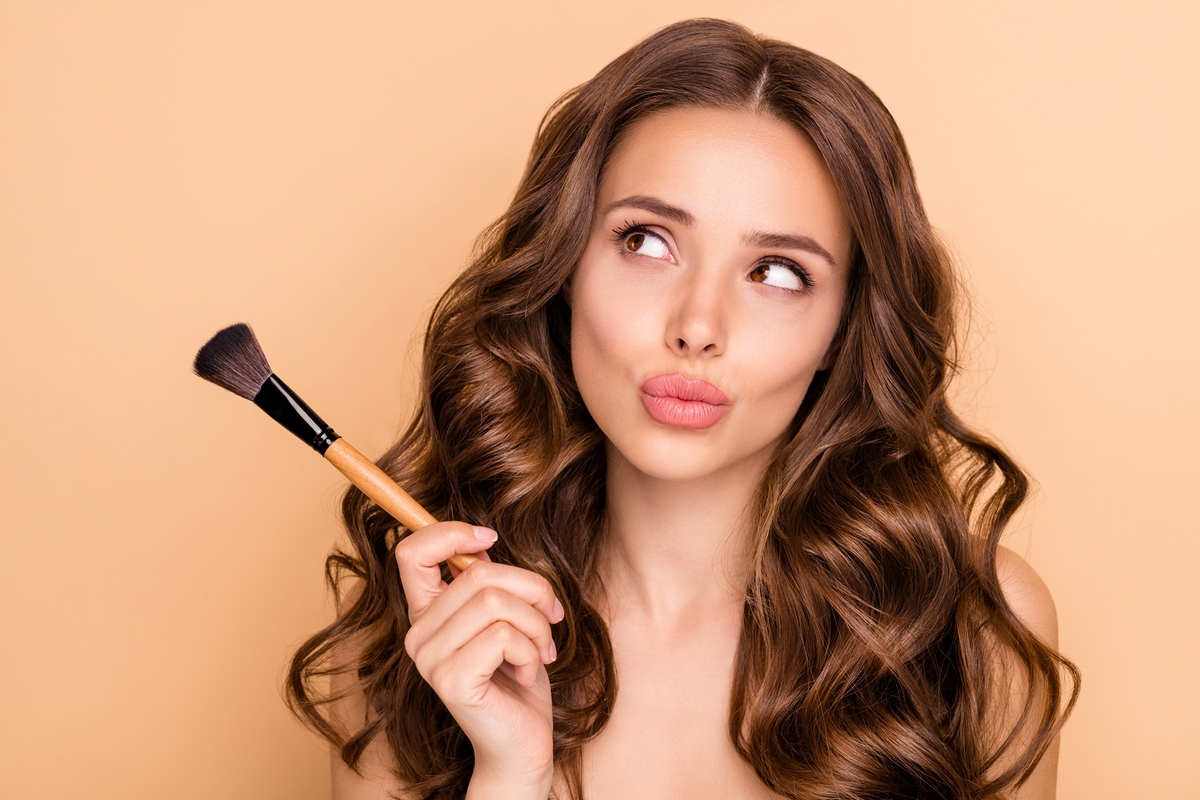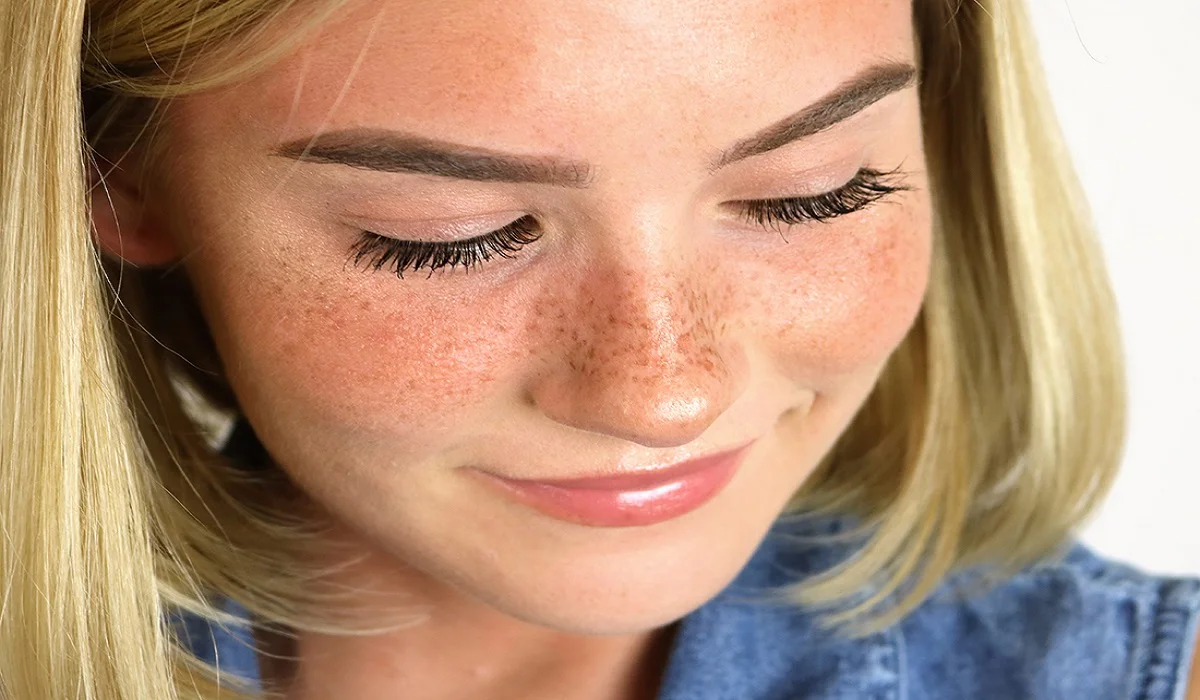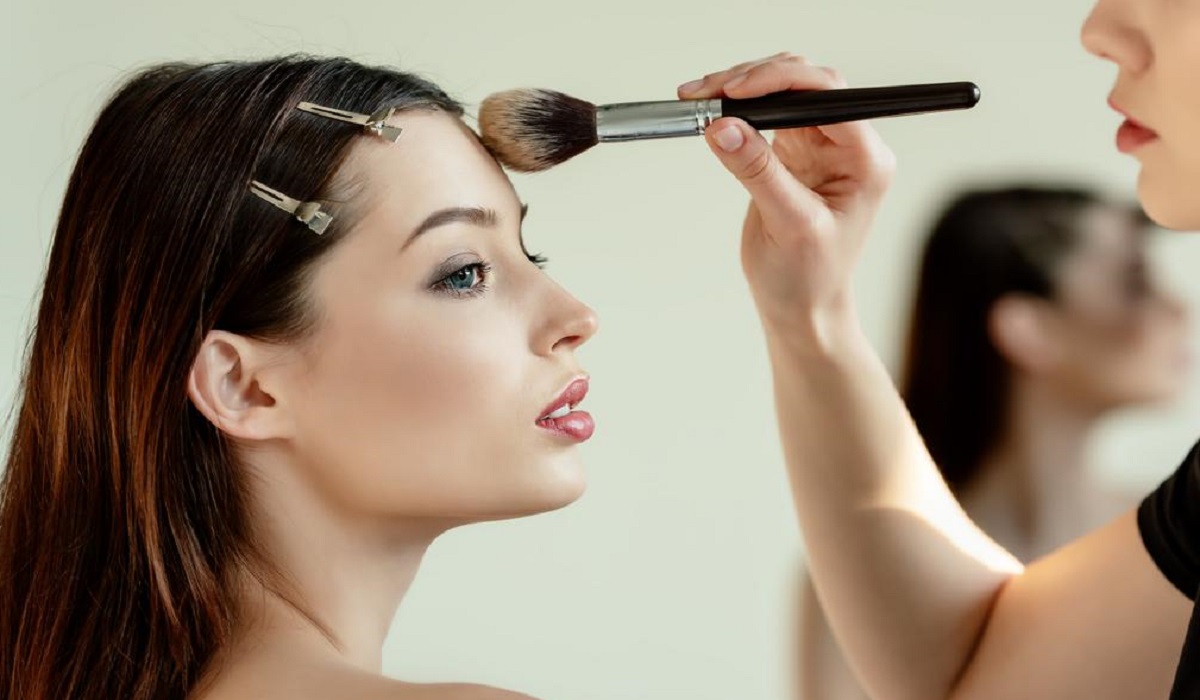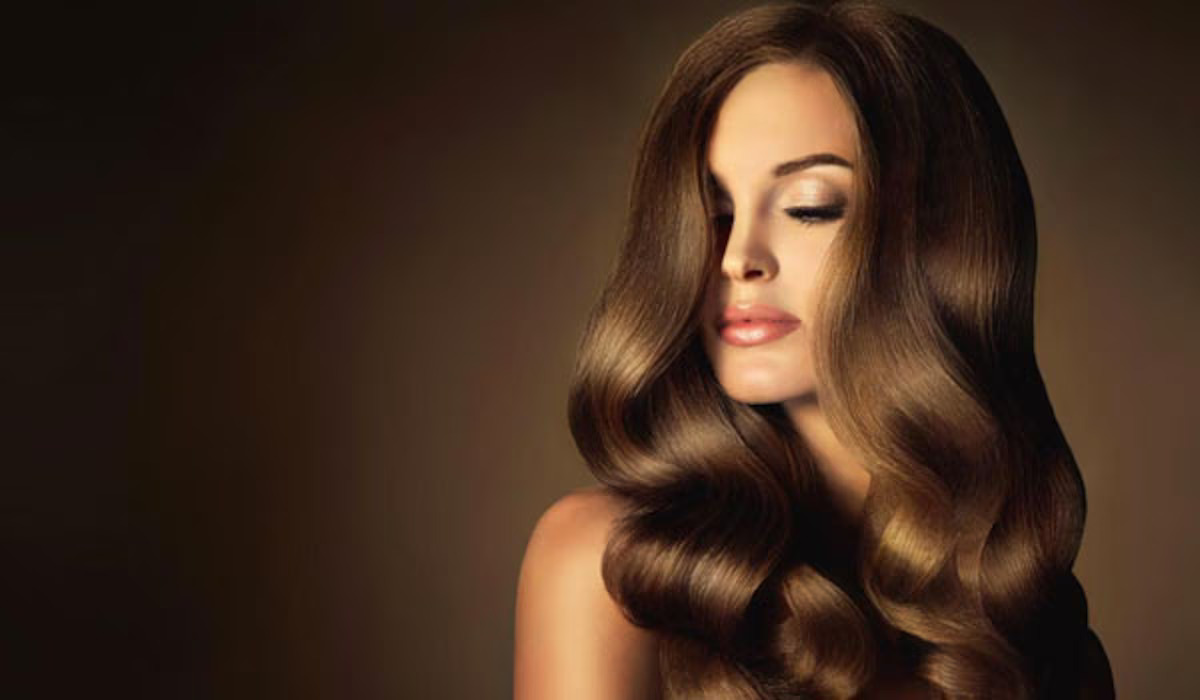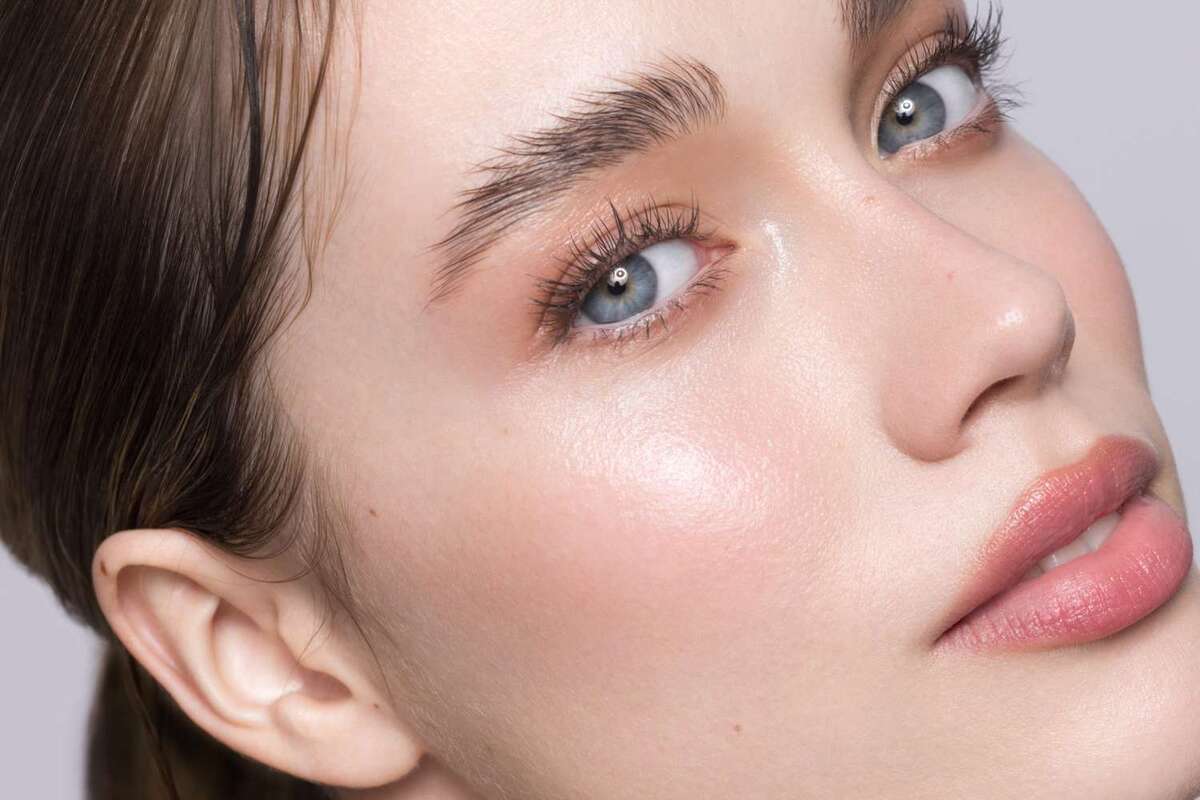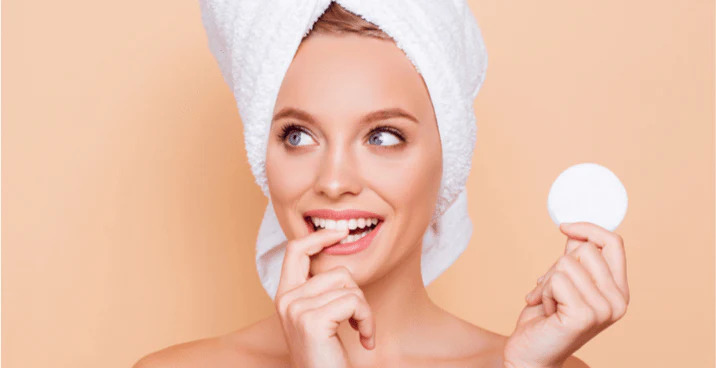Editorial makeup transcends the boundaries of everyday beauty, venturing into the realms of art and high fashion. It’s where creativity knows no bounds, and makeup artists unleash their imagination to create looks that are not just beautiful but tell a story. Whether for magazine spreads, fashion shows, or brand campaigns, editorial makeup is about making a statement and leaving a lasting impression. This guide will walk you through the essentials of creating captivating editorial makeup looks, from the tools you need to the techniques that will set your work apart.
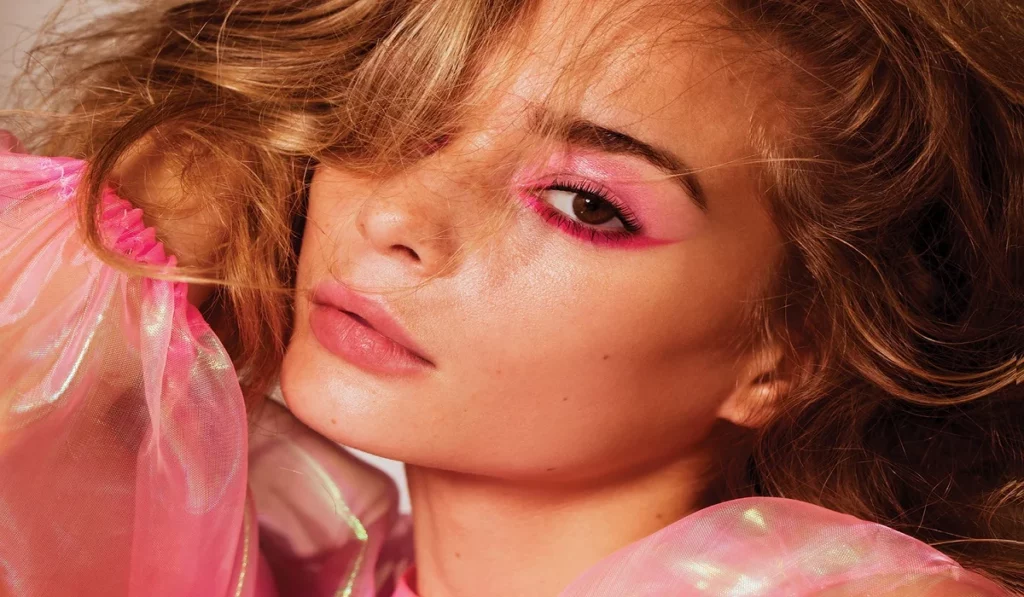
Understanding Editorial Makeup
Editorial makeup is distinguished by its innovation and artistic flair. It’s about pushing boundaries, experimenting with textures, colors, and shapes to create looks that are often bold, sometimes surreal, and always impactful. The evolution of editorial makeup reflects the changing trends in fashion and art, constantly challenging and redefining beauty standards.
Essential Tools for Editorial Makeup
The right tools are your best allies in crafting editorial looks. High-quality brushes and applicators ensure precision and ease of application, while specialty products like pigmented shadows, vibrant liners, and unique textures allow for endless creativity. Investing in a diverse makeup kit will enable you to bring any vision to life.
Mastering the Base
A flawless base is the canvas for any makeup look, especially in editorial where perfection is key. Choosing the right foundation formula and applying it with skill can make all the difference. Techniques like layering, blending, and setting are crucial for a base that complements rather than competes with your creative elements.
The Art of Eye Makeup
Eye makeup in editorial looks can be daring and dramatic. Bold shadows, graphic liners, and false lashes are often used to create eye-catching designs. Mastering innovative techniques, such as cut-creases, bold color blocking, and intricate liner work, can elevate your makeup artistry.
Sculpting with Contours and Highlights
Contouring and highlighting are powerful techniques to shape and define the face. In editorial makeup, they can be used more artistically to exaggerate or alter facial features, playing with light and shadow to achieve the desired effect. Choosing the right shades and blending meticulously are key to a sculpted, high-fashion look.
Lip Makeup for Editorial Looks
Lips are a focal point in many editorial looks, whether the goal is a bold statement or a subtle enhancement. Selecting the right color and texture to complement the overall theme is essential. Tips for precise application and ensuring longevity will help your lip makeup stand out and last through long photoshoots.
Adding Drama with Textures and Glitters
Textures and glitters can add a unique dimension to editorial makeup. From glossy finishes to metallic foils, incorporating different textures can create depth and interest. Safe application techniques are important, especially when working with glitters, to achieve a dramatic effect without compromising safety.
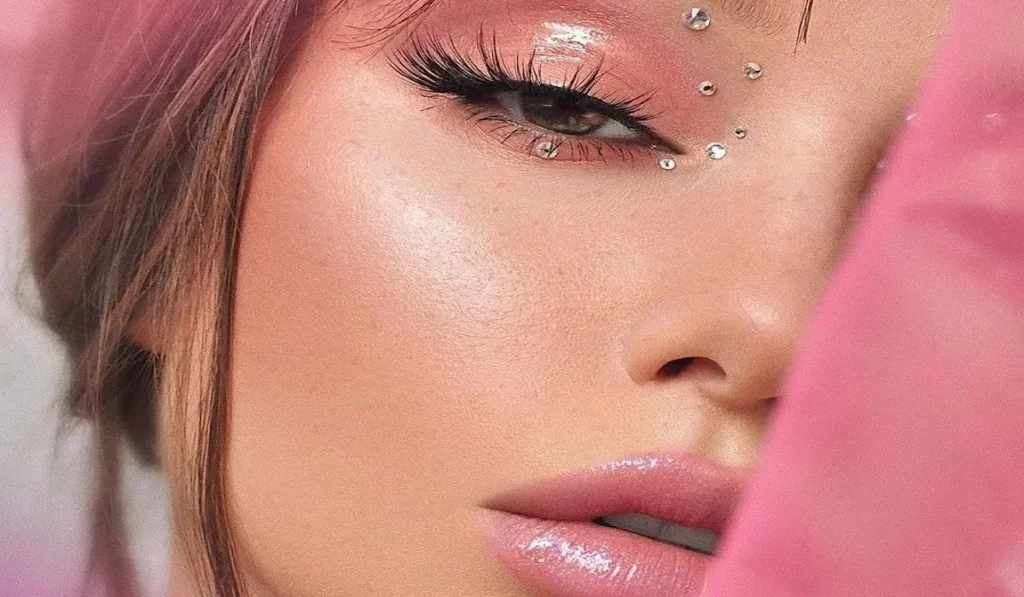
The Role of Color Theory in Editorial Makeup
A deep understanding of color theory can elevate your editorial makeup by ensuring harmony or deliberate contrast within your look. Using color to evoke emotions or convey a theme is a powerful tool in your artistic arsenal.
Blending Techniques for a Seamless Finish
Blending is the cornerstone of seamless makeup application. Mastering the art of blending eyeshadows, contours, and highlights ensures a polished, professional finish. Avoiding common mistakes, like over-blending or harsh lines, is crucial for maintaining the integrity of your editorial vision.
Setting Your Look for Longevity
Editorial makeup often needs to withstand long photoshoots under various lighting conditions. Selecting the best setting sprays and powders to ensure your makeup remains intact is essential. Tips for touch-ups and maintaining the look throughout the day will also be covered.
Creating an Editorial Makeup Look
Creating an editorial makeup look involves understanding the concept, planning the execution, and bringing the vision to life step-by-step. This section will guide you through the process of transforming inspiration into a stunning makeup look that captures the essence of high fashion.
Adapting Editorial Makeup for Different Themes
Editorial makeup should be versatile, able to adapt to various themes from avant-garde to minimalist. Understanding how to modify your techniques and products to suit different concepts and models’ features is vital for a makeup artist working in the editorial field.
The Impact of Lighting on Makeup
Lighting plays a crucial role in how makeup appears in photos. Adjusting your makeup application for studio lighting versus natural light ensures that your work is presented in the best possible way. Tips for optimizing makeup for photography will help you achieve the desired effect on camera.
Editorial makeup is an exciting field that allows makeup artists to express their creativity and technical skills. By mastering the techniques and tips outlined in this guide, you can create stunning, high-fashion looks that captivate and inspire. Remember, the world of editorial makeup is about experimentation and pushing the envelope—never be afraid to try something new and let your creativity shine.
- How do I make my editorial makeup last longer?
- What are some common mistakes to avoid in editorial makeup?
- Can editorial makeup be adapted for everyday wear?
- How do I choose the right colors for an editorial look?
- What are the best practices for applying glitter safely?
- How can I practice and improve my editorial makeup skills?

